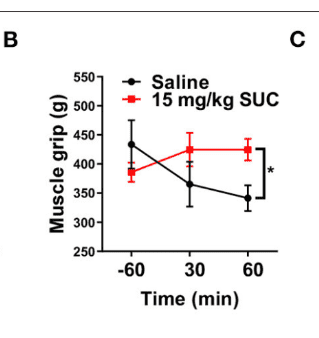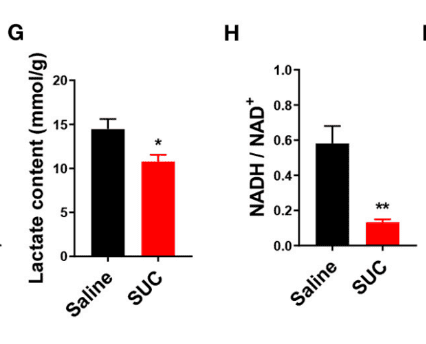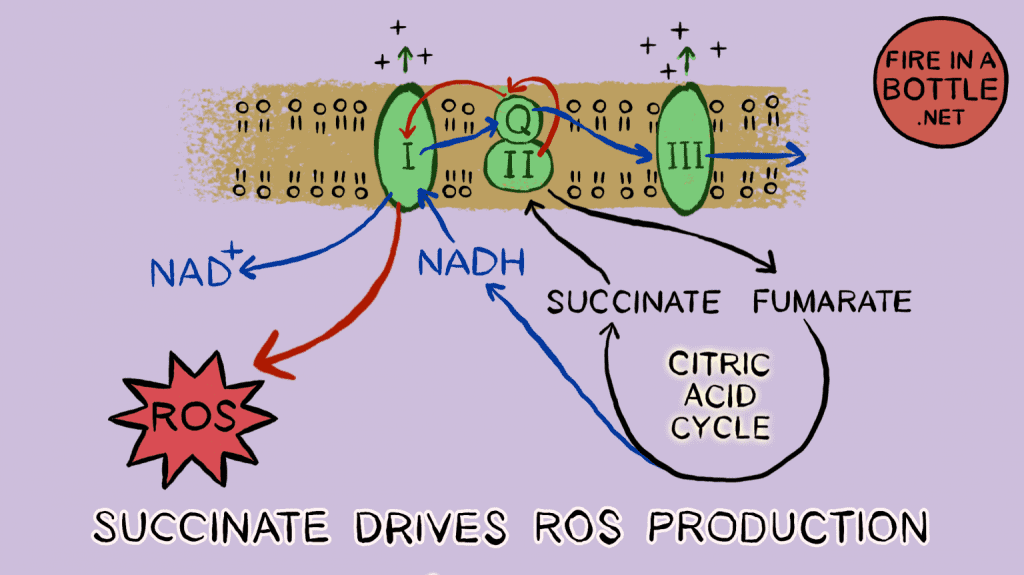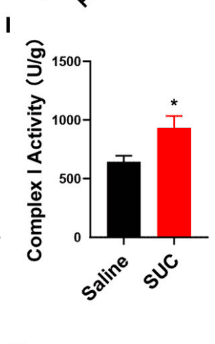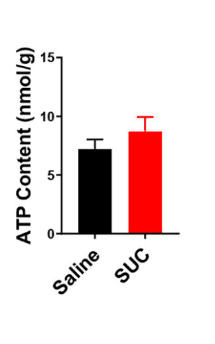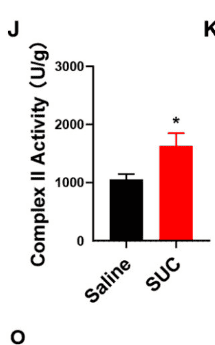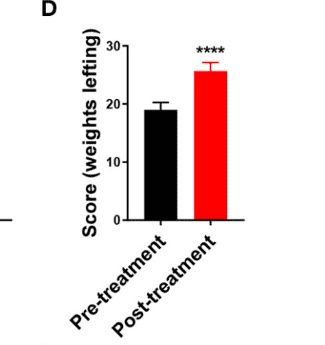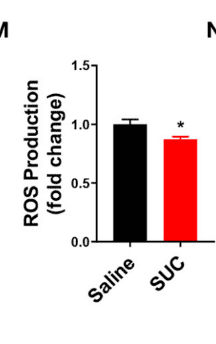Now I understand why supplementing "Peaty" dosages (100-200mg) of succinic acid does absolutely nothing for me... I already get much more than that from my daily glass of red wine... and I like it tart.
 scholar.sun.ac.za
scholar.sun.ac.za
Thesis (MScAgric (Viticulture and Oenology))--University of Stellenbosch, 2010.
THESIS
ENGLISH ABSTRACT: One of the most striking qualities of wine is its tart, sour taste. The sensory perception of sourness is mainly attributed to the presence of hydrogen ions (protons) at high concentrations. Large amounts of weak carboxylic acids (organic acids) are the main sources of these ions within wine. Once wine enters a person's mouth, the dissociable protons of the weak organic acids within wine are partially neutralized or, in other words, titrated by the saliva secreted inside one's mouth. This explains why the duration and intensity of a wine's sourness is related to its titratable acidity content. The sour taste of wine is usually considered refreshing and it helps balance wine flavour. In fact, wines become watery when its titratable acidity content is too low. After alcoholic fermentation, the titratable acidity of wine will usually be less than that of the grape juice from which was made due to ethanol-induced precipitation of potassium bitartrate crystals and partial consumption of malic acid by fermenting wine yeasts. Occasionally however, increases in titratable acidity are observed during alcoholic fermentation. If wine is produced from grape juice with optimum levels of titratable acidity, unforeseen increases in titratable acidity during alcoholic fermentation can be detrimental to the quality of the final product. Although the net production of malic acid by wine yeasts contributes to increases in titratable acidity seen during grape juice fermentations, the production of succinic acid is regarded as the primary contributor. In fact, succinic acid accounts for approximately 90% of the non-volatile acids produced during fermentation of grape juice. Between 0.5 and 1.5 g/L succinic acid is normally found in wine, but higher concentrations thereof (up to 3.0 g/L) have been detected within certain red wines. Acidity adjustments should preferably be carried out before the onset of alcoholic fermentation to allow better integration of the added compound(s) and to ensure that conditions during fermentation favour the quality and microbial stability of the final product. In doing so unfortunately, winemakers run the risk of ending up with wines that may taste too sour if they are unable to accurately predict and take into consideration the amount of succinic acid produced during alcoholic fermentation. Knowledge with regard to the factors involved in succinic acid's production by fermenting wine yeasts is therefore required in order to manage the titratable acidity of wines more accurately. Ever since Louis Pasteur first noticed succinic acid amongst the by-products of alcoholic fermentation, attempts have been made to determine the metabolic pathways and factors involved in its production by fermenting wine yeasts. Up until now however, it remains unclear why wines sometimes end up with exceptionally high levels of succinic acid. For these reasons it was decided to investigate the possible causes of very high succinic acid concentrations within wine. Due to complexity of grape juice's chemical composition and the problems associated with sterilizing grape juice, fermentation experiments were conducted within a chemically defined grape juice-like medium. Succinic acid production by nine different industrial wine yeast strains was studied under various conditions with regard to the nutrient status of the synthetic grape juice, temperature and availability of molecular oxygen during alcoholic fermentation. The amount of succinic acid produced during alcoholic fermentation was found to depend on the yeast strain, fermentation temperature and chemical composition of the synthetic grape juice. Out of the nine commercial yeast strains selected for this study, strain WE372 produced the largest amount of succinic acid in synthetic grape juice at 28°C. Strain WE372 produced significantly smaller amounts of acetic acid than the other yeast strains of this study and very little acetic acid at 28°C, which indicated that strain WE372 may have less acetaldehyde dehydroganase activity than the other yeast strains of this study under the conditions tested. The effect this has on NAD: NADH balance is the probable cause for its ability to form more glycerol, succinic and malic acid than the other strains. Results from our study show that succinic acid production is influenced primarily by the metabolizable fraction of YAN, which we termed metabolically available nitrogen (MAN). Succinic acid production by fermenting yeasts will be favoured by moderate to high fermentation temperatures (20°C to 28°C) in grape juice with a nicotinic acid and/ or nicotinamide deficiency, high sugar content (200 g/L to 240 g/L), moderate amounts of metabolically available nitrogen (300 ± 50 mg/L MAN), the presence of flavonoids and large supplies of unsaturated long-chain fatty acids. Even higher concentrations of succinic acid were produced when oxygen was made available to fermenting yeasts by aerating the fermenting grape juice. Fermentation temperatures below 18°C, too much metabolizable nitrogen (> 450 mg/L MAN), very high concentrations of fermentable sugar (> 240 g/L), lipid deficiencies and a lack of pantothenic acid, thiamine, biotin or pyridoxine will decrease the amount of succinic acid produced fermenting yeasts.
Succinic acid production by wine yeasts
SUCCINIC ACID PRODUCTION BY WINE YEASTS
De Klerk, Jean-Louis (2010-03)Thesis (MScAgric (Viticulture and Oenology))--University of Stellenbosch, 2010.
THESIS
ENGLISH ABSTRACT: One of the most striking qualities of wine is its tart, sour taste. The sensory perception of sourness is mainly attributed to the presence of hydrogen ions (protons) at high concentrations. Large amounts of weak carboxylic acids (organic acids) are the main sources of these ions within wine. Once wine enters a person's mouth, the dissociable protons of the weak organic acids within wine are partially neutralized or, in other words, titrated by the saliva secreted inside one's mouth. This explains why the duration and intensity of a wine's sourness is related to its titratable acidity content. The sour taste of wine is usually considered refreshing and it helps balance wine flavour. In fact, wines become watery when its titratable acidity content is too low. After alcoholic fermentation, the titratable acidity of wine will usually be less than that of the grape juice from which was made due to ethanol-induced precipitation of potassium bitartrate crystals and partial consumption of malic acid by fermenting wine yeasts. Occasionally however, increases in titratable acidity are observed during alcoholic fermentation. If wine is produced from grape juice with optimum levels of titratable acidity, unforeseen increases in titratable acidity during alcoholic fermentation can be detrimental to the quality of the final product. Although the net production of malic acid by wine yeasts contributes to increases in titratable acidity seen during grape juice fermentations, the production of succinic acid is regarded as the primary contributor. In fact, succinic acid accounts for approximately 90% of the non-volatile acids produced during fermentation of grape juice. Between 0.5 and 1.5 g/L succinic acid is normally found in wine, but higher concentrations thereof (up to 3.0 g/L) have been detected within certain red wines. Acidity adjustments should preferably be carried out before the onset of alcoholic fermentation to allow better integration of the added compound(s) and to ensure that conditions during fermentation favour the quality and microbial stability of the final product. In doing so unfortunately, winemakers run the risk of ending up with wines that may taste too sour if they are unable to accurately predict and take into consideration the amount of succinic acid produced during alcoholic fermentation. Knowledge with regard to the factors involved in succinic acid's production by fermenting wine yeasts is therefore required in order to manage the titratable acidity of wines more accurately. Ever since Louis Pasteur first noticed succinic acid amongst the by-products of alcoholic fermentation, attempts have been made to determine the metabolic pathways and factors involved in its production by fermenting wine yeasts. Up until now however, it remains unclear why wines sometimes end up with exceptionally high levels of succinic acid. For these reasons it was decided to investigate the possible causes of very high succinic acid concentrations within wine. Due to complexity of grape juice's chemical composition and the problems associated with sterilizing grape juice, fermentation experiments were conducted within a chemically defined grape juice-like medium. Succinic acid production by nine different industrial wine yeast strains was studied under various conditions with regard to the nutrient status of the synthetic grape juice, temperature and availability of molecular oxygen during alcoholic fermentation. The amount of succinic acid produced during alcoholic fermentation was found to depend on the yeast strain, fermentation temperature and chemical composition of the synthetic grape juice. Out of the nine commercial yeast strains selected for this study, strain WE372 produced the largest amount of succinic acid in synthetic grape juice at 28°C. Strain WE372 produced significantly smaller amounts of acetic acid than the other yeast strains of this study and very little acetic acid at 28°C, which indicated that strain WE372 may have less acetaldehyde dehydroganase activity than the other yeast strains of this study under the conditions tested. The effect this has on NAD: NADH balance is the probable cause for its ability to form more glycerol, succinic and malic acid than the other strains. Results from our study show that succinic acid production is influenced primarily by the metabolizable fraction of YAN, which we termed metabolically available nitrogen (MAN). Succinic acid production by fermenting yeasts will be favoured by moderate to high fermentation temperatures (20°C to 28°C) in grape juice with a nicotinic acid and/ or nicotinamide deficiency, high sugar content (200 g/L to 240 g/L), moderate amounts of metabolically available nitrogen (300 ± 50 mg/L MAN), the presence of flavonoids and large supplies of unsaturated long-chain fatty acids. Even higher concentrations of succinic acid were produced when oxygen was made available to fermenting yeasts by aerating the fermenting grape juice. Fermentation temperatures below 18°C, too much metabolizable nitrogen (> 450 mg/L MAN), very high concentrations of fermentable sugar (> 240 g/L), lipid deficiencies and a lack of pantothenic acid, thiamine, biotin or pyridoxine will decrease the amount of succinic acid produced fermenting yeasts.

